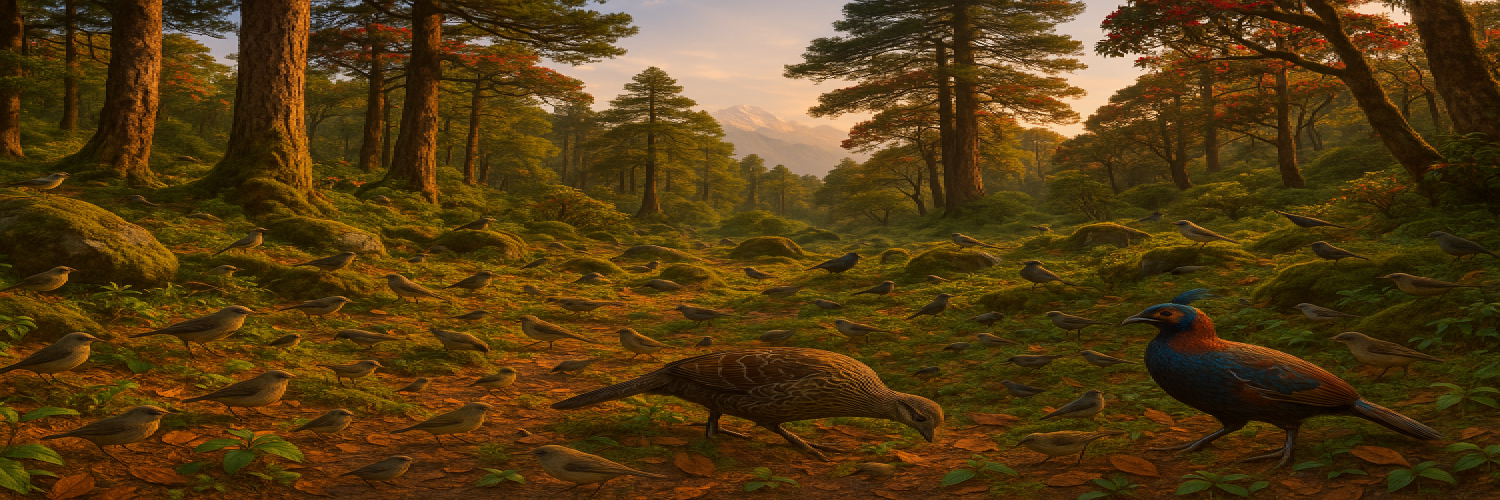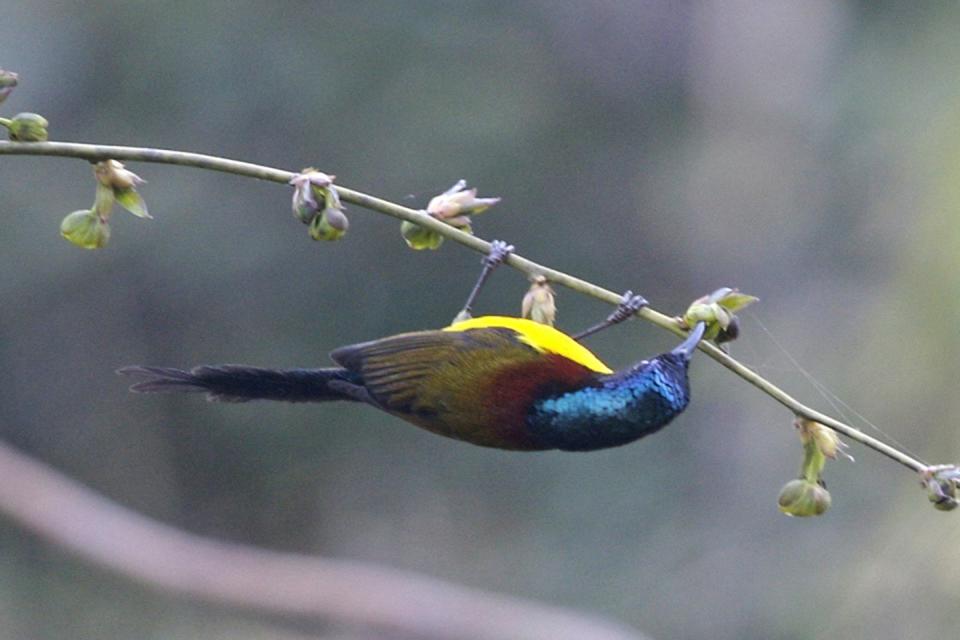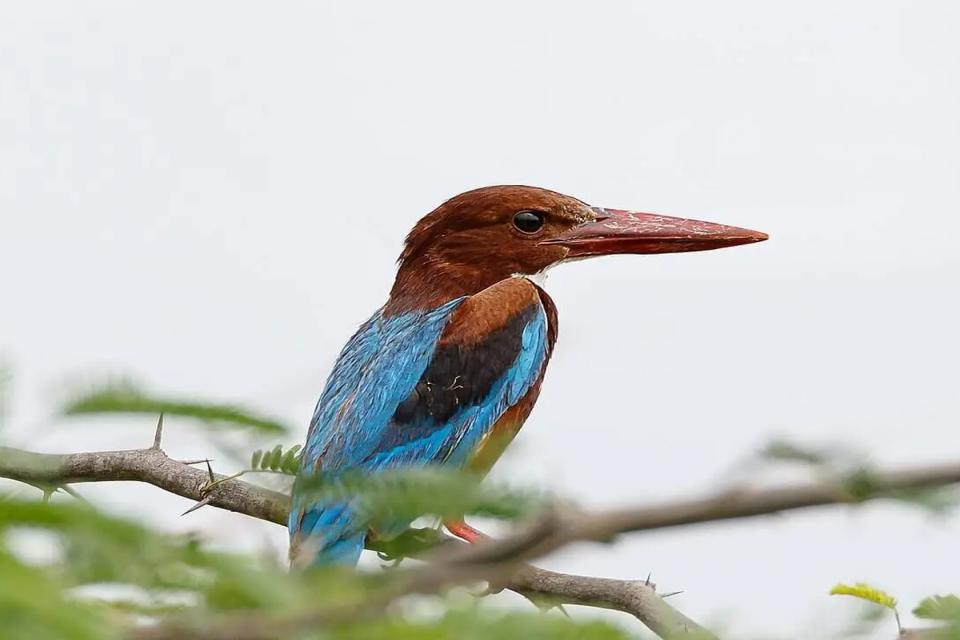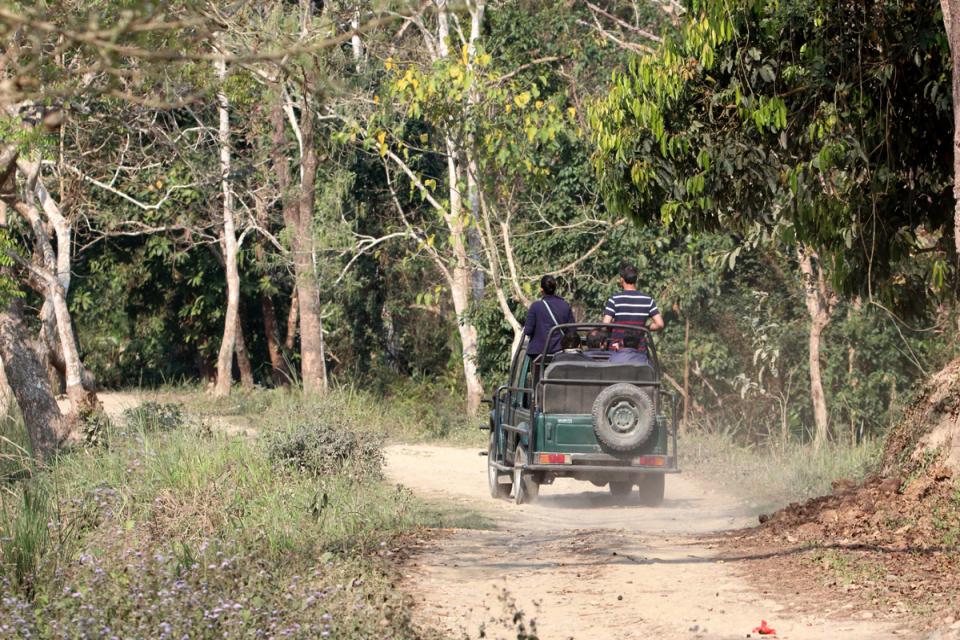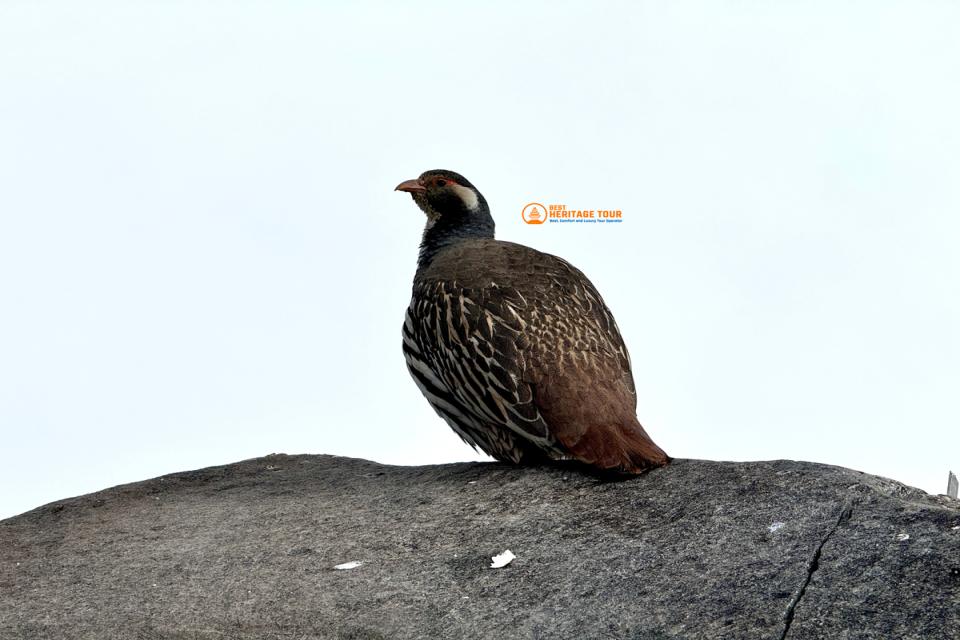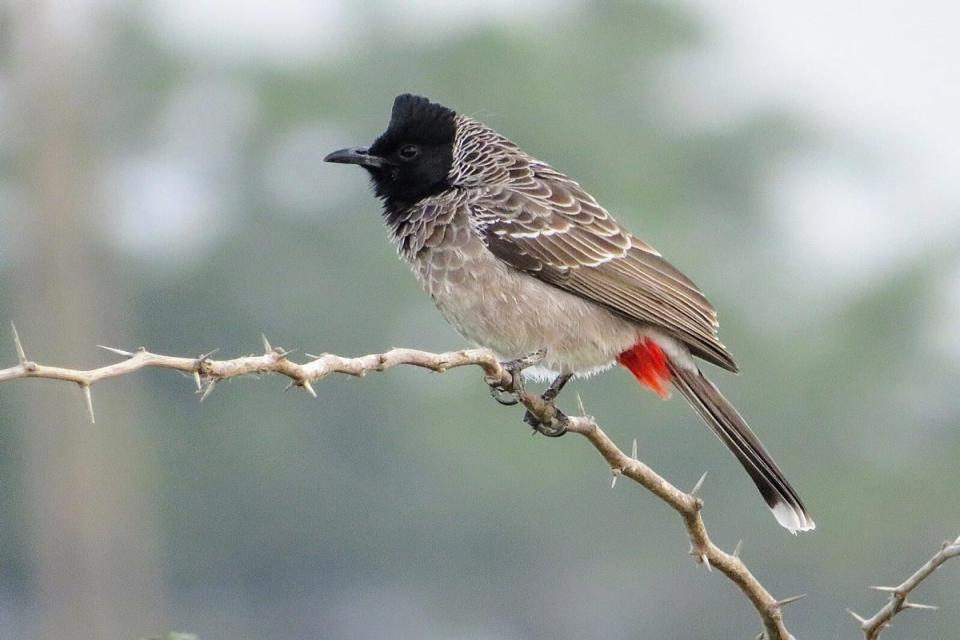Nepal, a country known for its towering Himalayas, sacred temples, and ancient culture, is also one of the best destinations for bird photography in South Asia. Nestled between the Indo-Gangetic plains and the Tibetan Plateau, Nepal hosts over 900 bird species, including both migratory and native birds, making it a living paradise for birders, wildlife enthusiasts, and professional photographers alike.
As we look ahead to bird photography opportunities in Nepal in 2026/27, there has never been a better time to explore the country’s National Parks, Ramsar areas, and high-altitude zones where rare bird photography becomes a breathtaking experience.
In this blog, we’ll explore why Nepal is an ideal destination for bird photography, the best locations, must-see species, optimal seasons, and how you can join a professionally guided bird photography tour with Best Heritage Tour.
Why Nepal is a Bird Photographer’s Dream in 2026/27
Nepal lies within the Indo-Himalayan bird migration flyway, which means thousands of migratory birds pass through or settle seasonally across different ecological belts - from the Terai lowlands to the alpine Himalayan ridges.
Here's why Bird Photography in Nepal in 2026/27 is unmissable:
-
Over 900 recorded species, including endangered, endemic, and migratory birds
-
Rich habitats across National Parks, Ramsar wetlands, and high-altitude alpine zones
-
Ideal climate and visibility in spring and autumn seasons
-
Local expert guides and curated photo-friendly tour packages
-
Increasing global awareness of Nepal’s ecological diversity
Top Bird Photography Destinations in Nepal (with Tour Links)
Below are the most rewarding destinations for bird photography in Nepal, each with a specialized tour available through Best Heritage Tour:
1. Koshi Tappu Wildlife Reserve - Ramsar Birding Paradise
Location: Southeastern Nepal (Sunsari, Saptari, and Udayapur districts)
Bird Types: Migratory waterfowl, waders, and globally threatened birds
Best Time: October to March
Koshi Tappu Wildlife Reserve is a true gem for bird photographers and nature enthusiasts alike. As Nepal’s first Ramsar-designated wetland, it spans over 175 square kilometers of expansive grasslands, marshes, and riverine habitats, providing sanctuary to more than 485 bird species. This rich biodiversity includes numerous rare and endangered birds that attract photographers from around the world.
The vast open wetlands and floodplains offer excellent visibility and natural lighting, perfect for capturing stunning shots of species such as:
-
Black-necked Stork
-
Indian Skimmer
-
Swamp Francolin
-
Bar-headed Goose
-
Bengal Florican (critically endangered)
Koshi Tappu’s serene and largely untouched environment allows photographers to immerse themselves fully in nature, capturing everything from graceful birds in flight to intimate close-ups along the water’s edge. Whether it’s the dynamic movement of the Bengal Florican or the peaceful flocks of migratory waterfowl, this reserve offers unforgettable photographic opportunities.
Tour Link:
Migratory Bird & Native Wildlife Photography Tour - Koshi Tappu
2. Chitwan National Park - Birds and Wildlife in Harmony
Location: Chitwan District, Southern Nepal
Bird Types: Forest birds, wetland species, grassland birds
Best Time: October to March
Chitwan National Park, Nepal’s first national park and a UNESCO World Heritage Site, is not only famous for its wildlife but also a hotspot for diverse birdlife. Over 500 bird species, including many forest dwellers and waterbirds, inhabit the park’s subtropical forests, grasslands, and riverine ecosystems. The varied habitats provide excellent photographic opportunities for bird lovers interested in capturing everything from vibrant Kingfishers to elusive Great Hornbills.
Photographers can expect to find species like:
-
Great Hornbill
-
Oriental Pied Hornbill
-
Lesser Adjutant Stork
-
Pallas’s Fish Eagle
-
Indian Peafowl
The early morning jungle safaris and canoe rides through the Rapti River offer peaceful settings and great light for bird photography. Chitwan’s combination of diverse habitats and abundant wildlife makes it ideal for both bird and wildlife photographers looking to explore Nepal’s rich biodiversity.
Tour Link:
Wildlife Photography in Chitwan National Park
3. Langtang and Gosaikunda - High Altitude Bird Photography
Location: Langtang and Rasuwa Districts, Central Nepal
Bird Types: High altitude birds, Himalayan pheasants, finches
Best Time: March to June, September to November
Langtang and Gosaikunda National Park, located in the heart of the Himalayas, is an extraordinary destination for high-altitude bird photography. The park encompasses alpine forests, rhododendron groves, and glacial lakes, attracting a variety of native Himalayan species that are rarely seen at lower elevations. Photographers can capture stunning images of brightly colored pheasants and rare finches against dramatic mountain landscapes.
Notable birds include:
-
Himalayan Monal (Nepal’s national bird)
-
Blood Pheasant
-
Snow Pigeon
-
Spotted Nutcracker
-
Tibetan Serin
The combination of trekking and bird photography here allows visitors to experience both Nepal’s natural beauty and its vibrant avifauna, making it a perfect choice for adventurous photographers seeking rare and spectacular shots.
Tour Link:
Bird Photography Tour in Gosaikunda and Langtang National Park
4. Shivapuri and Chisapani Ramsar - Linked Bird Trails
Location: Shivapuri Nagarjun National Park, Kathmandu Valley
Bird Types: Passerines, sunbirds, bulbuls
Best Time: March to May, September to November
Shivapuri and Chisapani, part of the Shivapuri Nagarjun National Park, offer lush forested hills and wetlands close to Kathmandu. This Ramsar-designated area provides a rich habitat for a wide variety of native and migratory birds. It’s especially popular among bird photographers for its diversity of small, colorful passerines and easy accessibility.
Commonly sighted species include:
-
Purple Sunbird
-
Black-crested Bulbul
-
Himalayan White-eye
-
Greater Racket-tailed Drongo
-
Red-billed Leiothrix
The peaceful trails, combined with the scenic views of the Kathmandu Valley, make this area an excellent spot for day trips focused on bird photography without traveling far from the city.
Tour Link:
Shivapuri and Chisapani Ramsar Bird Photography Tour
5. Phulchowki Hill - Kathmandu Valley’s Birding Gem
Location: Phulchowki Hill, Kathmandu Valley
Bird Types: Endemic birds, forest species, migratory birds
Best Time: March to June, September to November
Phulchowki Hill is the highest peak in the Kathmandu Valley and a prime location for bird photography due to its rich biodiversity and varied altitude zones. Over 500 bird species have been recorded here, including many endemic and rare species. The dense forests, misty mornings, and seasonal blooms create a magical backdrop for capturing vibrant birdlife in natural settings.
Photographers can expect to find:
-
Spiny Babbler (Nepal’s only endemic bird)
-
Mrs. Gould’s Sunbird
-
Speckled Wood Pigeon
-
Bar-throated Minla
-
Grey Bush Chat
Phulchowki is a favorite for photographers who want a quick yet rewarding birding experience, perfect for half-day or full-day tours close to Kathmandu.
Tour Link:
Best Time for Bird Photography in Nepal (2026/27 Guide)
Here’s when to plan your trip for optimal migratory and native bird viewing:
|
Season |
Birds Seen |
Ideal Locations |
|---|---|---|
|
Autumn (Sep-Nov) |
Migratory birds arrive, forest birds visible |
Chitwan, Koshi Tappu, Shivapuri |
|
Winter (Dec-Feb) |
Migratory waders, ducks, rare winter birds |
Koshi Tappu, Phulchowki |
|
Spring (Mar-May) |
Breeding season, colorful plumage, calls |
Langtang, Gosaikunda, Phulchowki |
|
Monsoon (Jun-Aug) |
Fewer species, nesting season |
Avoid major birding tours |
For rare bird photography, focus on spring when Himalayan species are more active and easier to spot.
Essential Bird Photography Tips for Nepal
-
Use a telephoto lens (300mm or higher) for distant shots
-
Carry lightweight gear for treks like Langtang or Gosaikunda
-
Hire a local birding guide to spot elusive species
-
Best shooting hours: early morning and late afternoon
-
Use quiet movement and bird calls apps to attract attention
-
Dress in earthy, non-flashy colors to blend with nature
-
Pack extra batteries and memory cards - remote areas have no backups!
Conservation and Ethical Photography
Nepal is a biodiversity hotspot. As a responsible photographer:
-
Do not bait or disturb nesting sites
-
Stick to marked trails
-
Avoid use of flash in close-range shots
-
Support community-based eco-tourism
Your respect helps protect the habitats that keep these incredible bird species safe and visible for future generations.
Conclusion: Capture Nepal’s Winged Wonders in 2026/27
Nepal offers an unmatched canvas for bird photographers - from the peaceful wetlands of Koshi Tappu to the dense forests of Chitwan, and from the misty trails of Phulchowki to the snow-kissed heights of Langtang and Gosaikunda. Whether you're interested in photographing migratory and native birds, rare and endangered species, or simply seeking a new photographic adventure in the wild, Nepal delivers diversity, beauty, and tranquility in one unforgettable trip.
By choosing a guided tour with Best Heritage Tour, you don’t just get access to birding hotspots - you gain deep local insight, ethical practices, expert guidance, and all logistics handled professionally. From bird checklists to sunrise treks, every detail is tailored for photographers like you.
So pack your camera, charge your batteries, and let Nepal surprise you with its vibrant wings and soulful songs in the wild.
Ready to Book Your Bird Photography Tour in Nepal?
Connect with Best Heritage Tour today to reserve your spot for the 2026/27 season!
Website: www.bestheritagetour.com
Email: info@bestheritagetour.com / bestheritagetour@gmail.com
WhatsApp/Call: +977-9851149197
Office Location: Thamel Marg, Kathmandu, Nepal
Author: Best Heritage Tour
Date: 24th July, 2025

